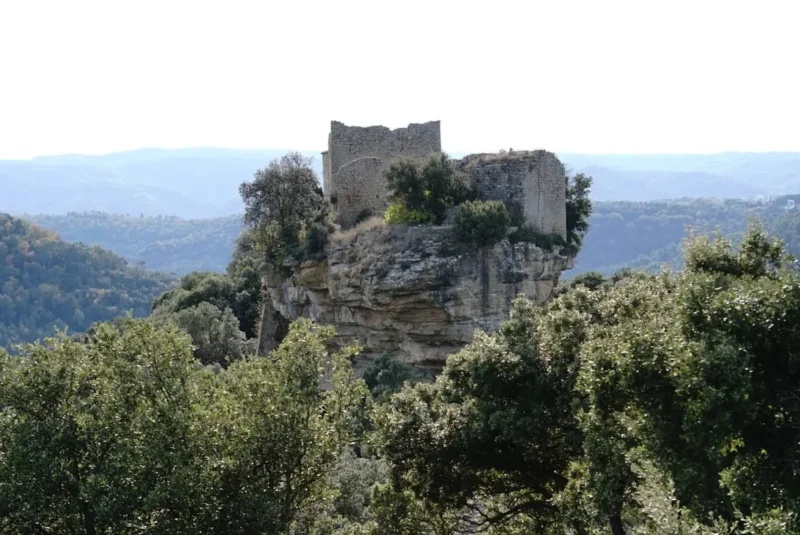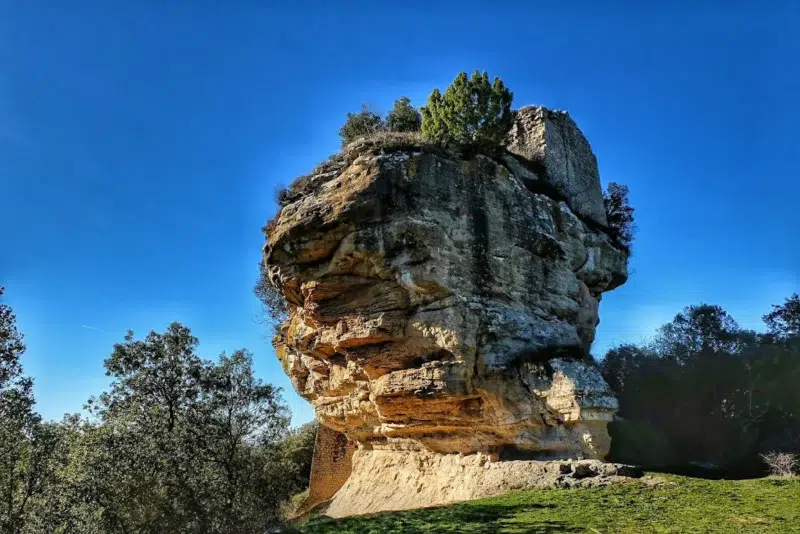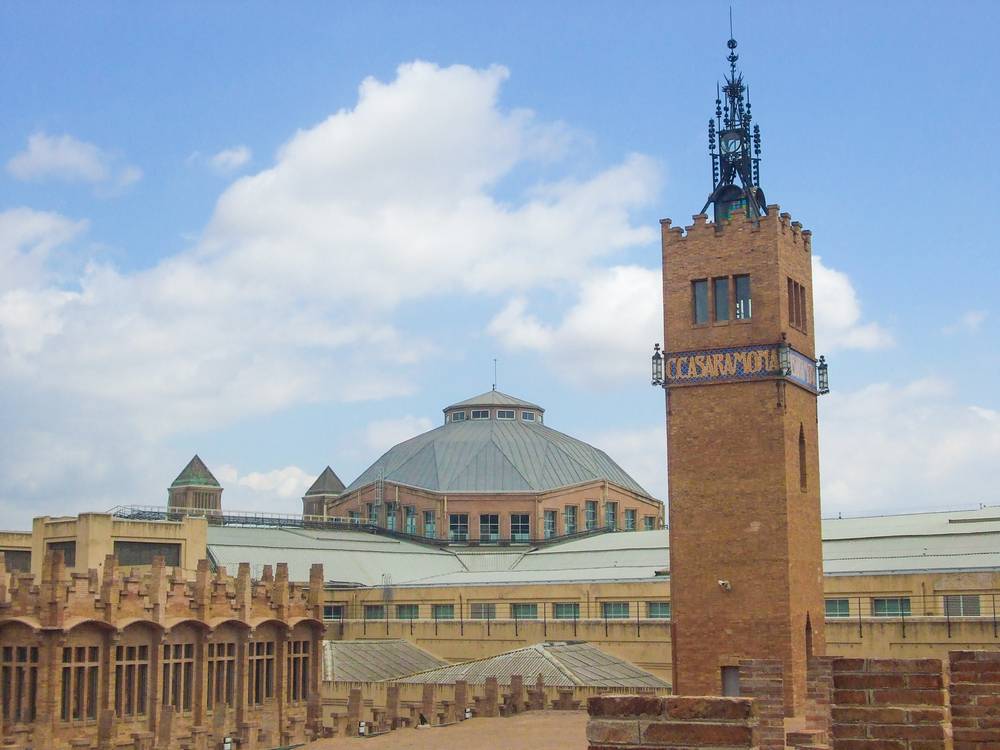A place of history and mystery
In the heart of Catalonia, in the charming town of Castellcir, is one of those places that seem to come out of a medieval fairy tale. The castle of La Popa is a historical jewel, which, although in ruins, continues to arouse the curiosity of adventurers and history lovers. What makes this castle unique is its location, perched majestically on a rocky promontory shaped like a boat, watching from above the valley of the Tenes stream.
With more than a thousand years of history, its first records date back to 1014, and its history is marked by the archaic nature of its buildings that, despite not having conventional foundations due to its unique location, knew how to defy the passage of time and nature. Initially built by the Castellcir family, the fortress would witness fights, inheritances and, finally, its abandonment, which left it at the mercy of the untimely beauty of the natural environment of the Montseny.
The decline of a fortress
Over the centuries, the castle changed hands several times. From the disappearance of the Castellcir family in the 14th century due to the Black Death, to more contemporary brands such as the Planella and Castellbell families, its history is a reflection of the fluctuation of power and medieval tragedies. In 1942, it became private property, but neglect and lack of maintenance culminated in its total abandonment in the mid-twentieth century.
Today, what remains are just echoes of what was. The passage of hikers has marked a path to the foot of the fortress, but the fate of this imposing witness to history is uncertain. Since 2019, it has been part of Hispania Nostra’s red list, which signals endangered heritages and demands the urgent need for intervention to preserve what little remains.
An excursion for the adventurous
Exploring the castle of La Popa is a mission for those who enjoy nature, history and hiking. The route to the castle begins in the picturesque village of Castellcir, in the Moianès region. From here, a path not so well marked, but quite intuitive, leads hikers along a route of approximately 9 kilometers. It is a simple route, ideal for the whole family, which passes through landscapes full of natural wealth and historical ruins, such as La Torrassa dels Moros, an ancient Romanesque watchtower.
For the more curious, the route offers the possibility to enjoy not only the main objective, the castle, but also the route itself. The Sauva Negra beech forest on the way back, and other treasures such as the church of Santa Coloma Sasserra, offer a glimpse of the heritage that defines this region.
The fascinating legend of the castle
It was not only historical events that left their mark on the castle of La Popa. Legends also play an important role in the local mythology. One of the most famous is that of the supposed subway tunnel that connected the fortress to another tower in the surrounding area, known as La Torrassa. A golden lamb is said to be hidden inside, luring adventurers to discover its whereabouts.
This story, like many others, adds an air of mystery that complements the unique view of the castle perched on its crag. With the silhouette of its structure resembling the stern of a ship, the place perfectly combines the image of a splendorous past and an evocative melancholy.
Enjoying what still remains
Despite restricted access to the interior of the castle since 2024, the breathtaking scenery and vestiges of the structure provide a perfect setting for a memorable excursion. It’s a place to get absorbed in the narratives of the past while enjoying a picnic with a breathtaking panoramic view.
With each step on the route to the castle, one cannot help but feel a connection to an era of knights, ladies and bards. And although the whispers of history are barely audible, its essence lives on among the worn stones and paths that wind through the mountains of Catalonia.





